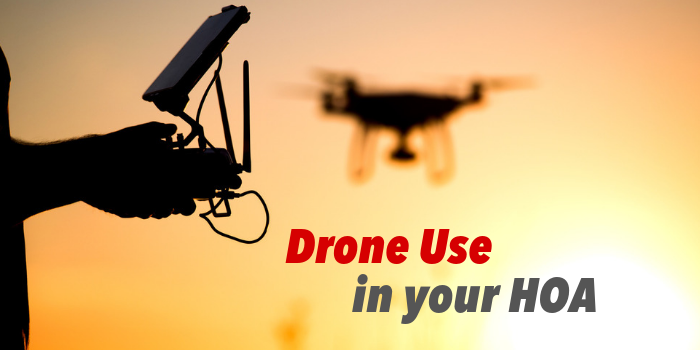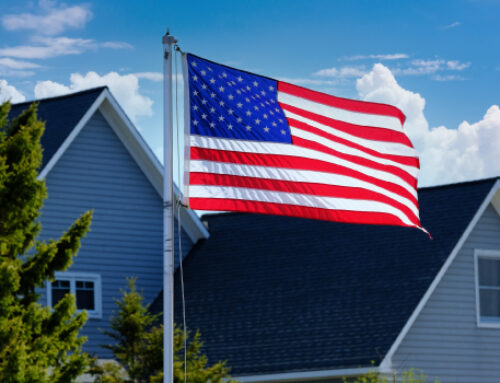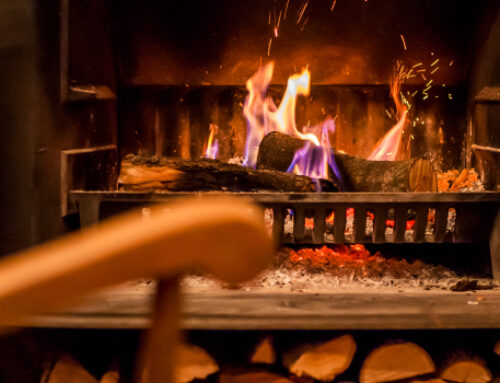When authorities arrested a Kentucky man in 2015 for shooting down a drone he believed was hovering over his property line and filming his sunbathing sixteen-year-old daughter, it ignited a controversy about the appropriate use of drones in associations that is still simmering today. While a court ultimately acquitted him of all charges, concerns about homeowner privacy, overall safety, and noise pollution are still rampant in associations where drone use is common.
Even though drone technology is still so new that it is difficult to predict how public opinion and legal edicts will develop, Spectrum Association Management wants to share the different ways associations are handling drone use in their communities. Consider the following tips to mitigate some of the more negative effects of drones:
Make sure all association rules are in accordance with federal, state, and local statutes. It is critically important for the association’s financial health that you consult with an attorney before ratifying any policy regarding drone use.
Review CC&Rs for language that discourages the use of drones. Many associations are either banning or limiting drones by claiming that the level of sound a drone produces is a disturbance, and therefore, a violation. Other ways associations are limiting drone use through their CC&Rs include banning drones from leaving an individual’s private property or greenbelt areas, not allowing drones inside any common areas, and banning drones from the association entirely.
Consider the consequences of banning drones from your association. While no known legal case regarding this issue was in development at the time this article was written, it is unlikely a court would rule in favor of an outright ban. An association would have to prove that drones are either inherently dangerous or would have to argue that they are inherently a nuisance. Both positions are tough sells.
Ask homeowners who own drones to register their vehicles with the association and provide proof of insurance. This helps protect non-drone owners from any damage caused by errant drones. Make sure drone owners understand that any damage incurred on association property will be exclusively the responsibility of the drone owners.
Request that drone owners notify the board by email before they use their drones. That way, if a homeowner complains about drone use (that doesn’t violate the other rules put in place), the board can assure them that they knew about the activity beforehand. This will help reduce the stigma drones bring with them and give other homeowners confidence that the drone in question is in the hands of an owner who takes the safety and well-being of others seriously.
Know that many businesses are beginning to use drones to provide better, more efficient service to homeowners. Restricting these businesses’ drone use is unwise, as it will be very difficult to regulate, and because the service they provide protects the business’s employees and often increases the quality of the service homeowners receive.
Drone use is common enough that it is important for all associations to adopt specific policies regarding these devices. Eventually, legal precedent will begin weighing in and will shape the ways associations regulate drones. Until then, the board may want to consider minimizing the risk of a lawsuit within, or directed toward, the association. To best accomplish this goal, associations should work with their attorneys to adopt a policy that balances the rights of drone owners with the rights of the other homeowners within the association.







